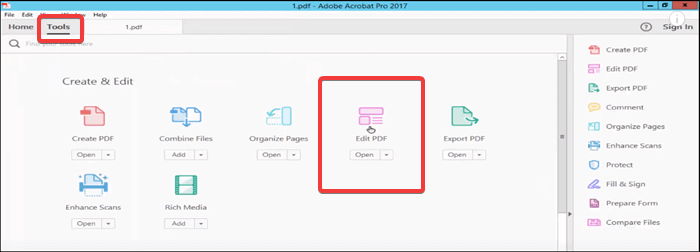


If you’d rather just move on to the instructions for the easier and faster automatic transfer, click here. In this section, you’ll learn the steps included in the manual transfer of Adobe Acrobat to another computer. Manual transfer of Acrobat to a new computer

We will cover both in this guide, although if you prefer to just skip to the easier, automatic option, you can click here for automatic transfer of Adobe Acrobat from one computer to another. Luckily, there’s also a more convenient option – to transfer Adobe Acrobat automatically to another device using transfer software. The first includes moving everything you need manually but takes a lot of time, patience, and effort. There are two ways to migrate Adobe Acrobat and all the related files to a new computer. These methods also work for transferring libraries, user settings, toolbars, file-based preferences for forms and collaboration, custom stamps and signatures, color settings, custom headers, digital identities, security policies, batch scripts, and trusted certificates. You’ll also be able to migrate every PDF file, form, and other documents you viewed or created using Adobe apps. They include Acrobat Reader, Acrobat Pro, Acrobat Distiller, Acrobat Standard, and Fill & Sign. After you finish reading this step-by-step guide, you’ll be able to transfer all of your Adobe Acrobat apps. Good news – you’re in the right place and we’ll show you exactly how to do this, and more. If you use the Adobe Acrobat family of software, you might encounter a problem at some point – how to migrate Adobe Acrobat to a new computer. How to Transfer Adobe Acrobat to a New Computer


 0 kommentar(er)
0 kommentar(er)
